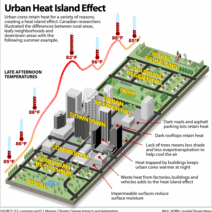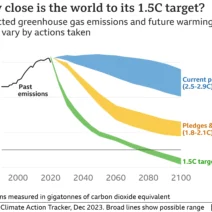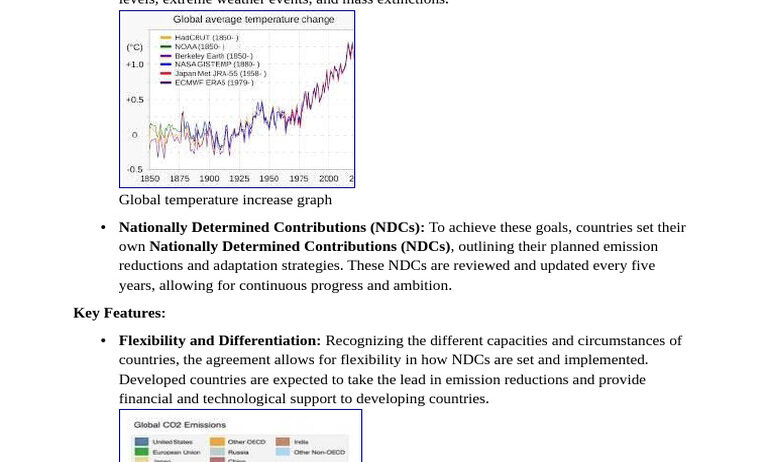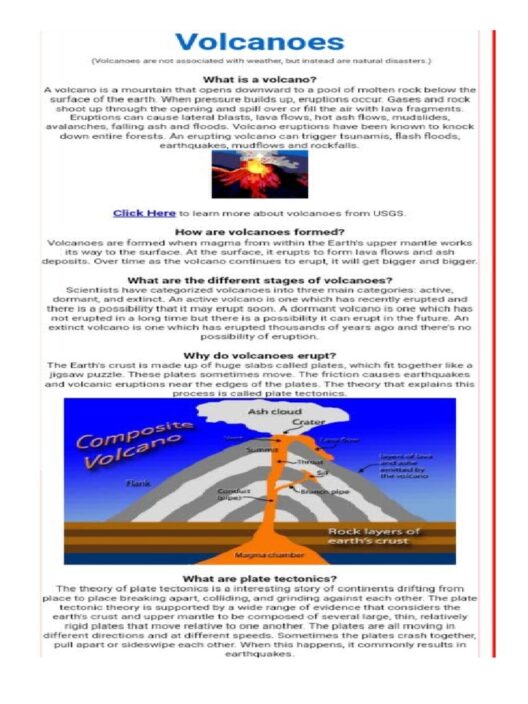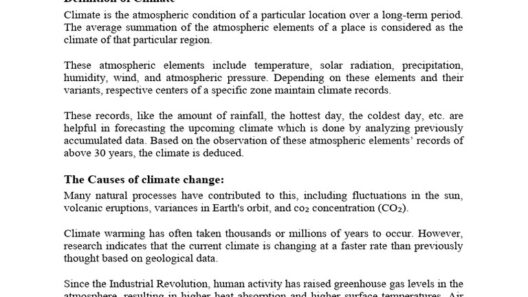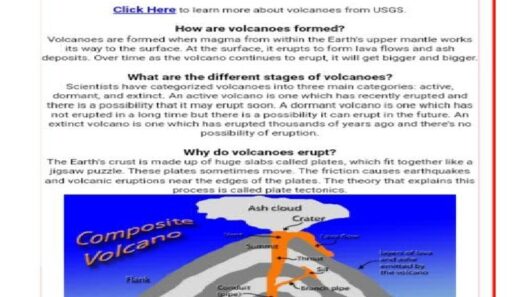The Paris Climate Agreement, often viewed through the lens of diplomacy and international politics, is akin to a carefully woven tapestry of hopes, ambitions, and meticulous outlines designed to hold together our fraying planet. This global accord endeavored to combat climate change by uniting nearly every nation on Earth under a single, ambitious goal: to limit global temperature rise and forge a sustainable future.
The significance of the Paris Agreement extends far beyond mere political jargon; it embodies a moral imperative to shield future generations from the impending perils of climate change. As scientists issue increasingly dire warnings, the Agreement stands as both a beacon of hope and a daunting challenge.
At its core, the Agreement captures the essence of collective action. Nations, like threads in the aforementioned tapestry, must interlace their efforts to construct a resilient and sustainable world.
Macroscopic Objectives: A Unified Vision
The Paris Agreement was drafted with a clear objective: to keep the increase in global average temperature well below 2 degrees Celsius above pre-industrial levels, while pursuing efforts to limit the temperature increase to 1.5 degrees Celsius. This ambitious cap positions itself as a bulwark against catastrophic climate impacts, ensuring that ecosystems remain intact and livelihoods flourish amid changing climates.
The metaphorical lens reveals a canvas painted with responsibility. Each country, regardless of its economic stature, agreed to take on a “nationally determined contribution” (NDC), outlining how it intends to reduce greenhouse gas emissions. This framework fosters accountability and transparency, altering the traditional power dynamics of climate negotiations. Such a paradigm shift empowers not only nations but also elicits grassroots movements, highlighting the importance of local actions in combating a global crisis.
Every thread of this diverse tapestry represents a unique journey. For instance, developed nations, often culpable for historical emissions, are expected to take a lead role in reducing their carbon footprints. In contrast, developing nations, while working towards sustainability, require support in terms of technology transfer and financing to grow without exacerbating the climate crisis. Balancing these responsibilities illustrates the delicate interplay of equity, justice, and practical reality.
Innovative Mechanisms: Building Resilience
One of the remarkable features of the Paris Climate Agreement is its dynamic framework, which adapts over time. In a world that is ever-changing, the Agreement incorporates a mechanism for periodic reviews, known as the “global stocktake.” This process compels countries to reassess their commitments every five years, ensuring that emissions reduction targets evolve alongside scientific advancements and social needs. Just as a living organism must adapt to its environment, so too must our strategies to combat climate change evolve.
Moreover, the Agreement promotes innovative financial instruments to stimulate investment in clean energy projects. The Green Climate Fund, among other initiatives, is instrumental in channeling funds to projects across the globe, acting as a financial lifeboat for nations hoping to transition to sustainable practices. Here, the notion of investment transcends monetary value, as these financial flows symbolize a commitment to a shared, sustainable future.
As nations embark on their unique journeys toward a low-carbon economy, the essence of collaboration remains paramount. Whether through bilateral partnerships, technological sharing, or grassroots activism, the interdependence of all nations is crucial in meeting the formidable challenge of climate change.
Challenges on the Horizon: Navigating Conflicts
Despite its ambitious undertakings, the Paris Agreement is not without challenges. Each thread in this intricate tapestry is susceptible to tension and fraying. Disparities in economic development, conflicting national interests, and the pervasive influence of vested fossil fuel interests can impede progress.
Moreover, the systemic threat posed by climate change often goes unrecognized amidst pressing political agendas. The dissonance between short-term economic goals and long-term climatic stability embodies the complexity of fostering change within existing power structures. It is vital to bridge this gap by fostering public awareness and engagement, thereby ensuring that climate considerations become integral to policy-making.
The road to achieving the goals of the Paris Agreement presents a myriad of obstacles, yet it is also replete with opportunities for innovation and growth. By harnessing creativity and collaboration, a transformative shift in how societies engage with the environment is not only achievable but necessary.
The Future: A Tapestry to Mend
In essence, the Paris Climate Agreement is much more than a treaty; it serves as a clarion call to humanity to recognize its interconnectedness with nature and each other. As we strive to mend the tears in our ecological tapestry, we must embrace the diversity of approaches, uniting disparate threads into a cohesive whole. The pathway toward ambitious global climate action lies in our willingness to collaborate, innovate, and persist in the face of adversity.
Ultimately, the Paris Agreement embodies a transformative vision, urging us to reconcile our development aspirations with the urgency of climate action. It challenges us to rethink our relationship with the planet, framing sustainability as an opportunity rather than a burden. As we recognize that the future of humanity hinges on our ability to cooperate and innovate, the fabric of the Paris Agreement becomes all the more captivating—rendering us both custodians of our planet and artisans of our legacy.
